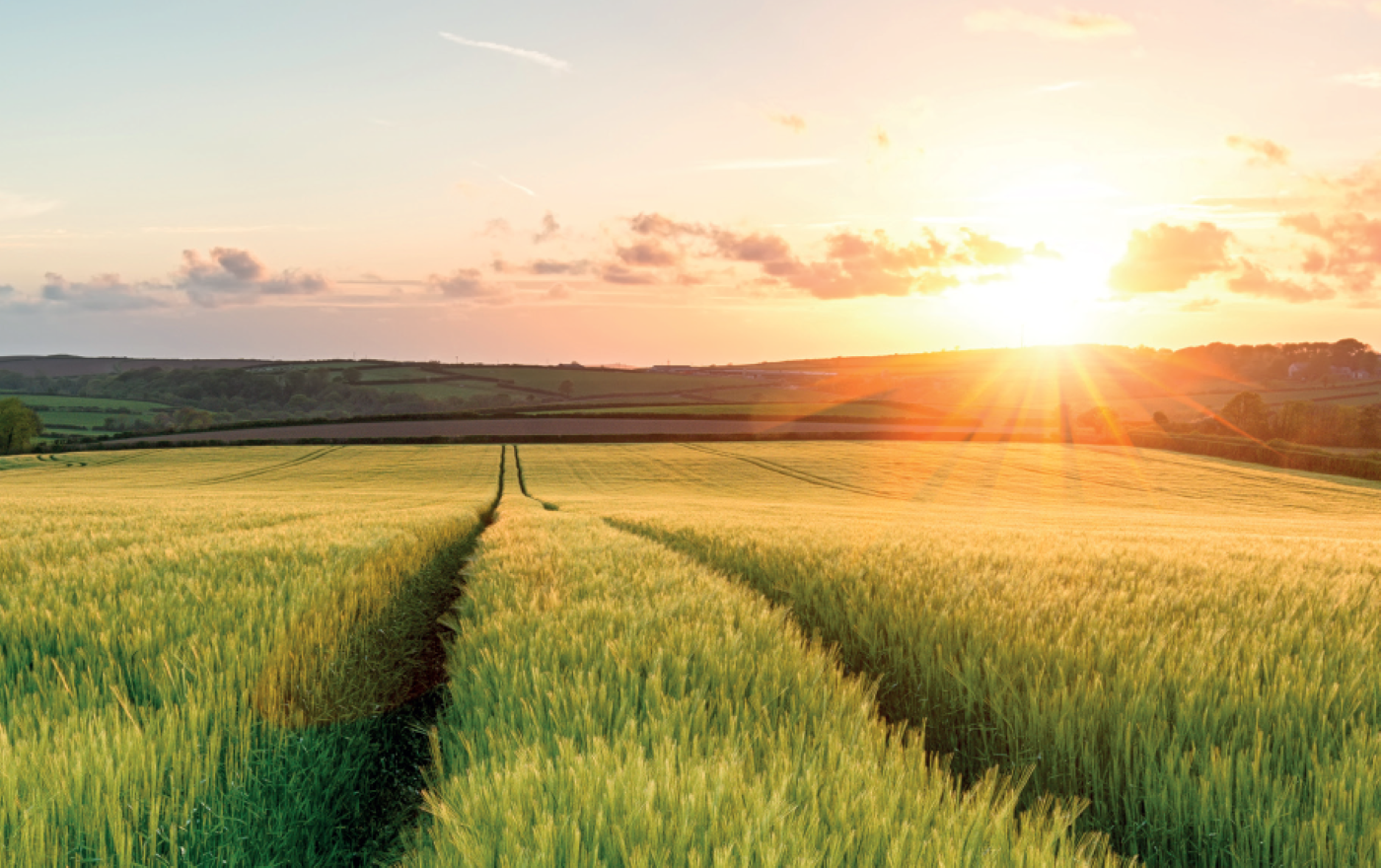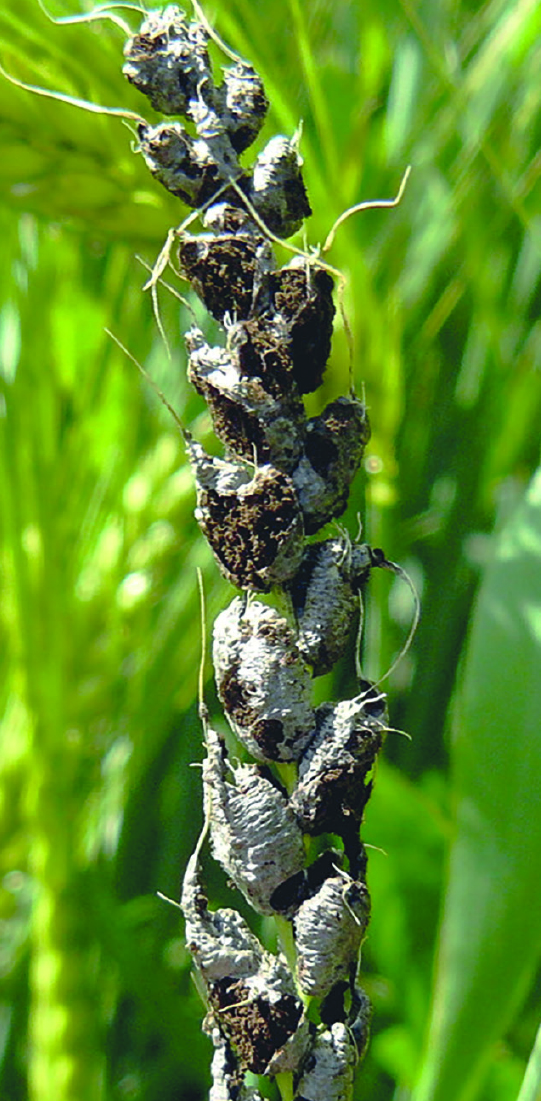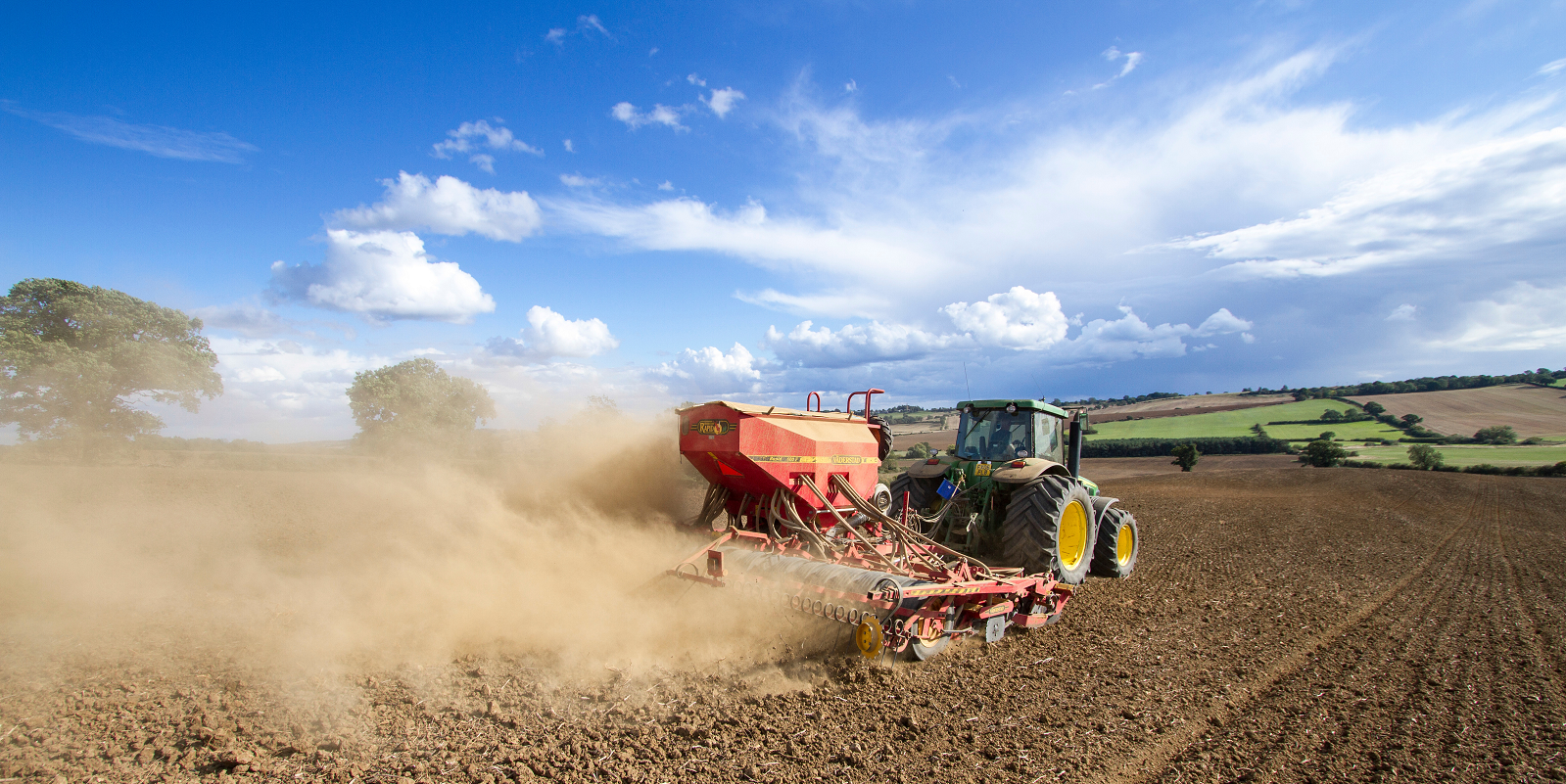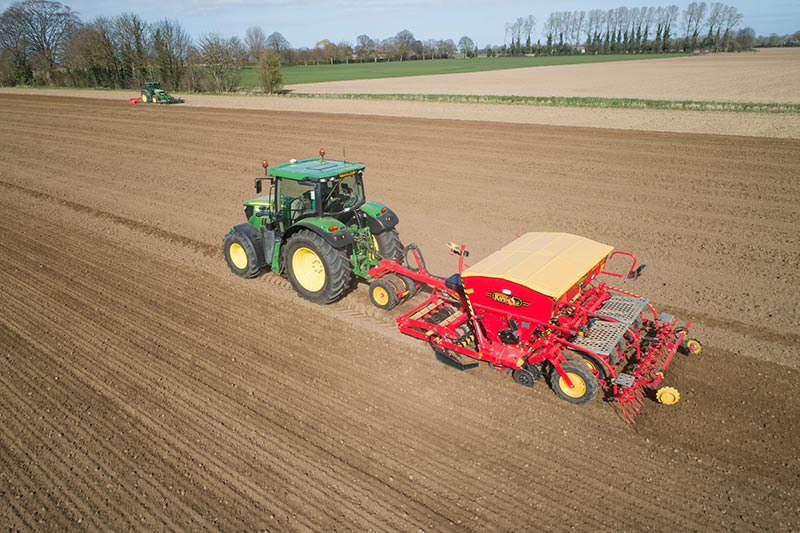Bayer Stewardship Guide
How to use seed treatments safely and effectively

How to use seed treatments safely and effectively

Seed treatments differ from sprays in two key respects. First, because the treatment targets each seed individually for maximum effectiveness, there is only limited effect on the soil around the seed or the environment above ground. Compared to sprays, seed treatments are applied to less than 0.6% of the field area.
Second, the treatments are applied at low doses in an enclosed environment by professional seed treatment companies away from the field environment.
The highly-targeted application of low doses of seed treatments are an environmentally friendly method of treatment. However, seed treatments are crop protection products and need to be handled as such and used carefully and safely to avoid risks to the user, environment and wildlife.
On farm, the main risks come from:
As a world leader in seed treatment products and application technology, Bayer has produced this guide to help you understand both the rewards and potential risks of using seed treatments, as well as the farm practices that produce the best results with the least effect on the surroundings.



